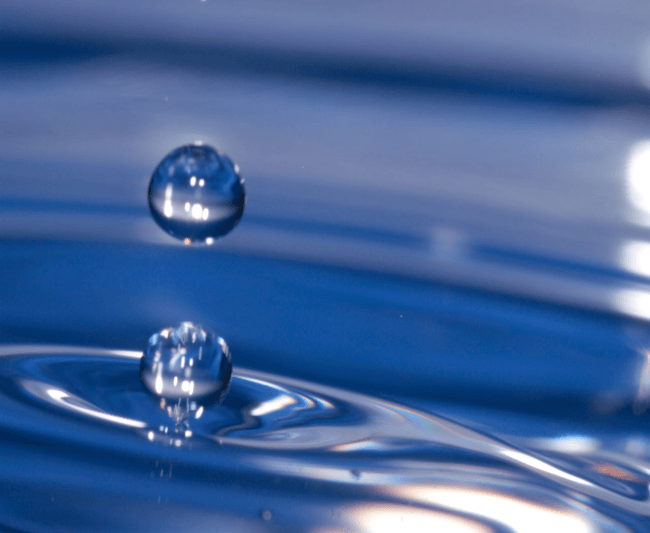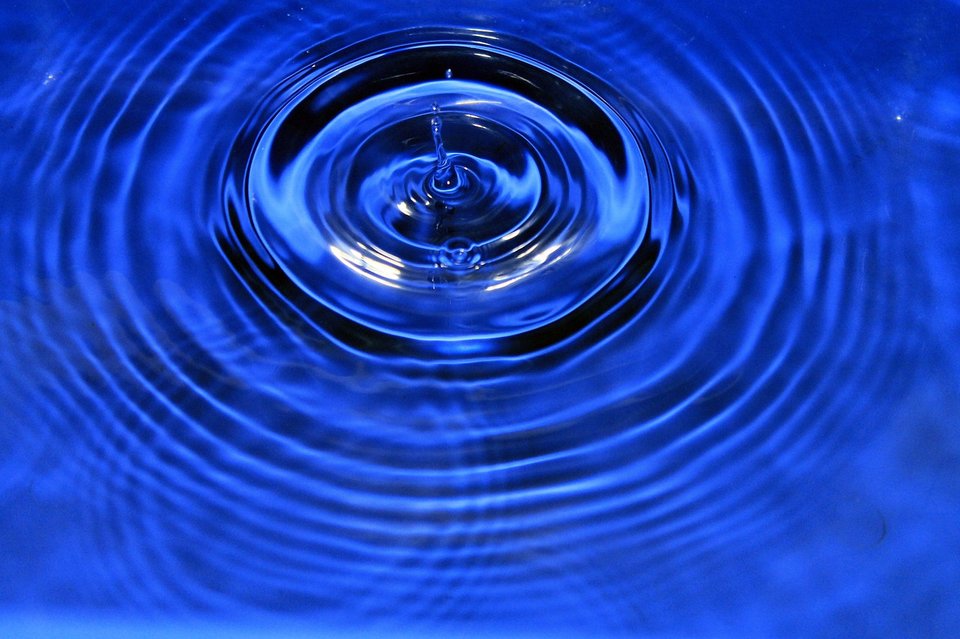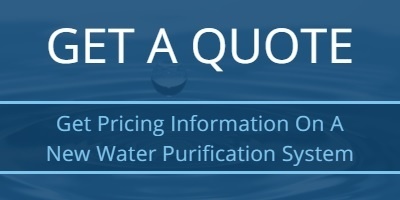Waste water is becoming an ever-increasing and infinitely valuable water resource. Treated industrial waste water can be transformed into a product that can be used for numerous applications, including wash water, industrial process water, surface irrigation, wetlands and ground water recharge, to name but a few.
Peter Wood
Recent Posts
How To Improve Water Recovery In Your Industrial Water Treatment Plant
Topics: Reverse Osmosis, Purified Water Systems
How To Achieve Zero Bacteria Growth In Your Purified Water System
High levels of bacteria growth can be very difficult and exceedingly costly to resolve retrospectively.
In most cases this problem is a factor of system design and installation standards in the original installation.
Topics: Purified Water Systems
Many industries are realising the benefits of reverse osmosis (RO) water purification systems. However, the main question about them is how much they cost. The fact is that the cost of an RO system will depend on how much treated water is required, and so will vary widely. Generally speaking, industrial reverse osmosis systems can range in price from £11,000 to £29,000.
Topics: Reverse Osmosis
Because of its involvement in a number of essential human bodily functions, copper is a necessary trace element for good health. Copper is present everywhere in the natural world and is also found in groundwater due to the leaching of geological deposits containing the metal.
Copper can also be produced by industrial processes and enter the water as contamination. Where galvanised pipes are connected to copper tubing, galvanostatic corrosion can occur.
Works managers in every industry must ensure that the standard of water in their facility is maintained in such a way that is compliant with British and EU water standards. That means choosing and installing an adequate system for the purpose of removing copper from water.
Topics: Remove Copper From Water
How to Remove Minerals from Water (Known As Deionising or Demineralising)
Sodium, potassium, sulphate and chloride are among the many minerals which you may need to be removed as part of your industrial water purification system. The ideal way to remove these and other minerals from your facility’s water is via either deionisation or reverse osmosis.
Topics: Deionisation
When looking for operating cost saving and improved purified water quality, Sharp Laboratories of Europe set Wychwood Water systems the challenge to provide these solutions.
The existing purified water system relied on an old high energy twin pass reverse osmosis unit followed by mixed bed cartridge deionising cylinders to polish the RO permeate to the required purified water quality.
Topics: Projects
The Prevention And Removal Of Bacteria In Purified Water Systems
In this article we will explain the common causes of bacteria growth in purified water systems and the effective means of bacteria prevention and removal.
Prevention is much better than the cure
The prevention of bacteria growth in purified water systems, in most cases, is a factor of good system design in the first place. Installation materials used are normally ABS, PVC, Polypropylene, PVDF or 316L stainless steel.
Installation standards are very important. By this we mean that all pipe work joints should be crevice free. Purified water should always be kept moving through a purified water distribution ring main. Flow rates are important as a working velocity of 1.5 to 2.0 meters per second should be achieved through the pipe work.
Topics: Purified Water Systems
For purified water systems with excellent bacteria performance good design, temperature control and effective routine disinfections are all desirable. The exact cause of bacteria problems are very difficult to identify. This is why an attention to detail in design, installation, commissioning and ongoing maintenance are important. If problems are incurred, there are some very effective disifectants available these days.
Purified water system disinfection doesn’t have to be so difficult and time consuming.. The inclusion of a few basic inexpensive devices in the system design can improve both the method and the disinfection duration.
Topics: Purified Water Disinfection
















 We are a specialist independent company involved in water purification and water treatment technologies
We are a specialist independent company involved in water purification and water treatment technologies


